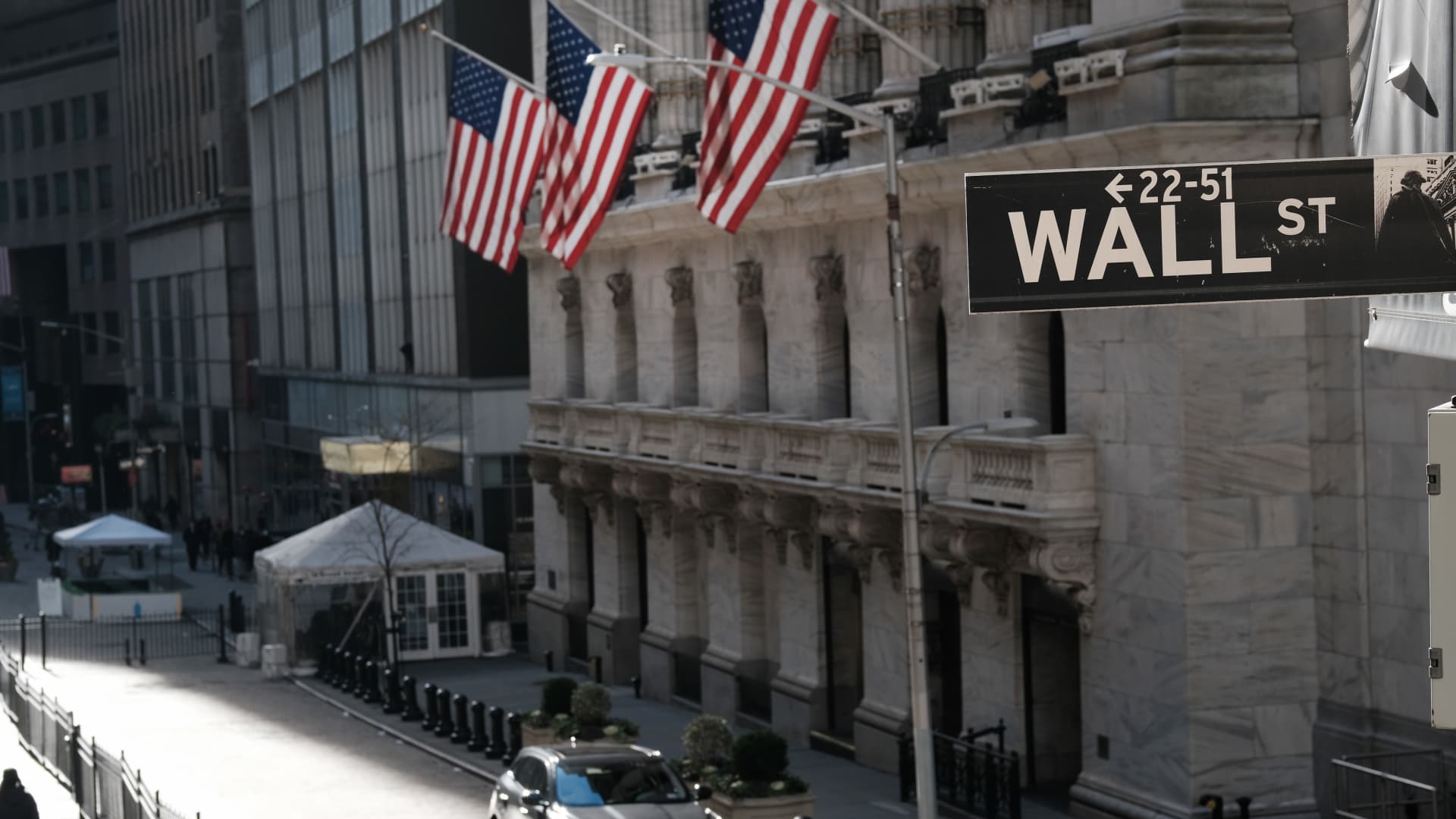US Markets
Wednesday, September 28th, 2022 2:51 pm EDT

People at risk for monkeypox who have not received a single dose of vaccine are 14 times more likely to get infected than those who have gotten a shot, according to the Centers for Disease Control and Prevention.
The preliminary data, collected from 32 states from the end of July through early September, is the first concrete evidence that the Jynneos vaccine is providing at least some protection against infection from the monkeypox virus circulating in the current outbreak.
“These new data provide us with a level of cautious optimism that the vaccine is working as intended,” CDC Director Dr. Rochelle Walensky told reporters during an update Wednesday.
The data indicate that even a single dose of the vaccine provides some initial protection against infection as soon as two weeks after the shot, Walensky said. The Jynneos vaccine, manufactured by the Danish company Bavarian Nordic, is administered in two doses 28 days apart.
Walensky said although the data on a single dose is promising, lab studies have demonstrated that the immune protection is highest two weeks after the second dose.
“It is for that reason that we continue, even in light of these promising data, to strongly recommend people receive two doses of Jynneos vaccine spaced out 28 days apart to ensure durable, lasting immune protection against monkeypox,” Walensky said.
Monkeypox is spreading primarily through close skin-to-skin contact during sex among gay and bisexual men. The virus is rarely fatal, but it causes a rash resembling blisters that can be very painful and in some instances lead to hospitalization.
The CDC director said people who are vaccinated should continue to protect themselves from infection by avoiding intimate contact with individuals who have monkeypox and reducing behaviors that carry a higher risk of monkeypox exposure.
When asked about when vaccinated individuals can resume their normal sexual behavior, Walensky said the CDC is waiting on real-world data about the effectiveness of the second vaccine dose.
“What we have right now is data on how well and how our vaccine is working after a single dose. What we don’t yet have is what happens after a second dose and how durable that protection is,” Walensky said.
This is the first time that the U.S. is using Jynneos to control a major monkeypox outbreak. As a consequence, there is little data on the real-world effectiveness of the vaccine. The Food and Drug Administration first authorized the Jynneos vaccine in 2019 based on human immune response data.
Expanded eligibility
The CDC is also expanding eligibly to ensure people receive the vaccine before they are exposed to monkeypox, rather than after a known or suspected exposure to the virus.
This includes gay and bisexual men as well as transgender people who have had more than one sex partner in the past six months, had sex in a place associated with higher monkeypox risk or have had a sexually transmitted infection over that time period. Sexual partners of people who have these risks are also now eligible for vaccination, including sex workers.
Demetre Daskalakis, deputy head of the White House monkeypox task force, said the federal government is also calling on vaccine providers to make it easier for people to receive the shots and reduce fears of stigmatization.
“Fear of disclosing sexuality and gender identity must not be a barrier to vaccination,” Daskalakis said.
New CDC guidance also allows people to receive the vaccine in the shoulder or upper back so the temporary mark left by the shot is covered by clothing. Some people don’t want to receive the shot in their forearm because they feel the mark is stigmatizing, Daskalakis said.
The U.S. is battling the largest monkeypox outbreak in the world with more than 25,000 cases reported across every U.S. state, as well as Washington, D.C., and Puerto Rico, according to CDC data. There has been one confirmed death from the virus in the U.S. since the outbreak began in May.
Monkeypox cases have been declining nationally in recent weeks after the virus swept the U.S. over the summer.
This post has been syndicated from a third-party source. View the original article here.




